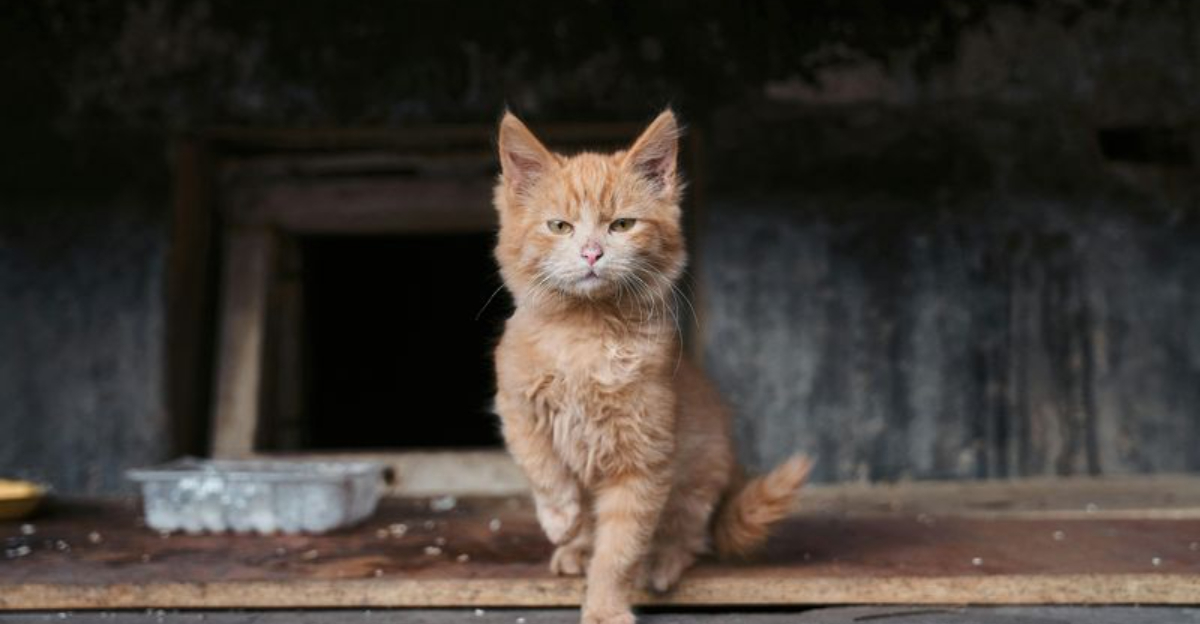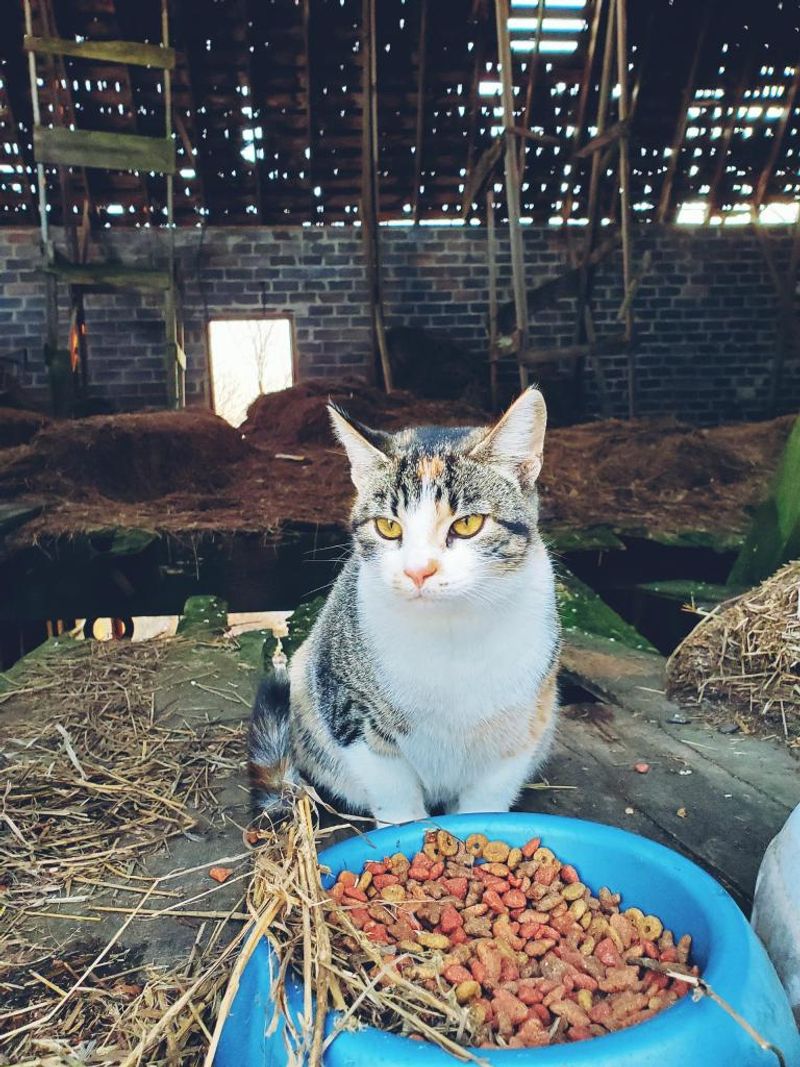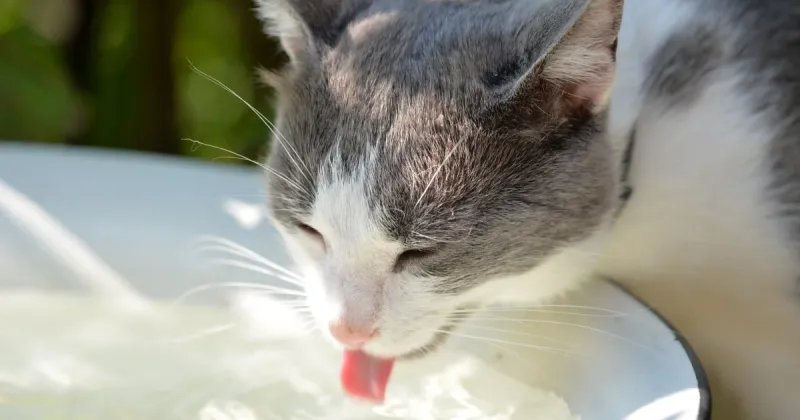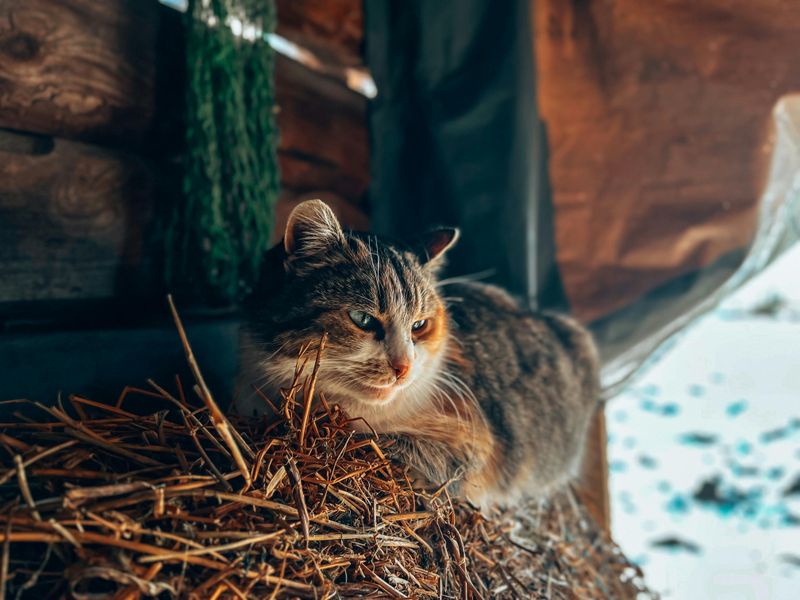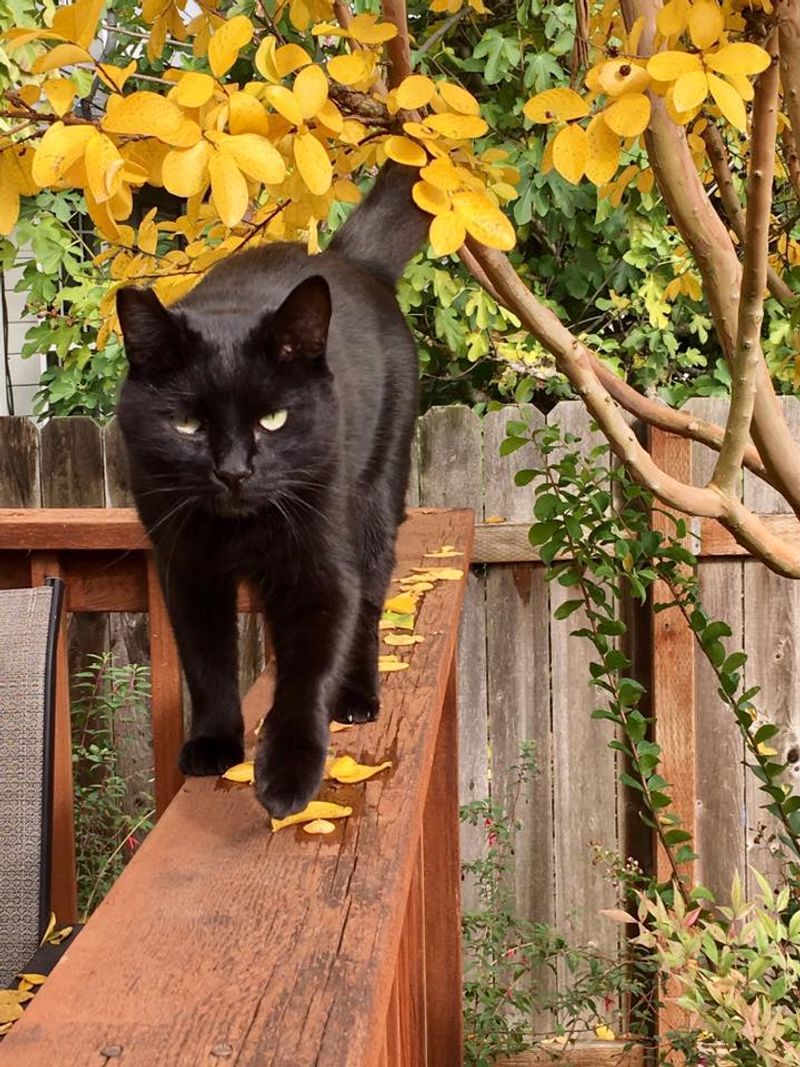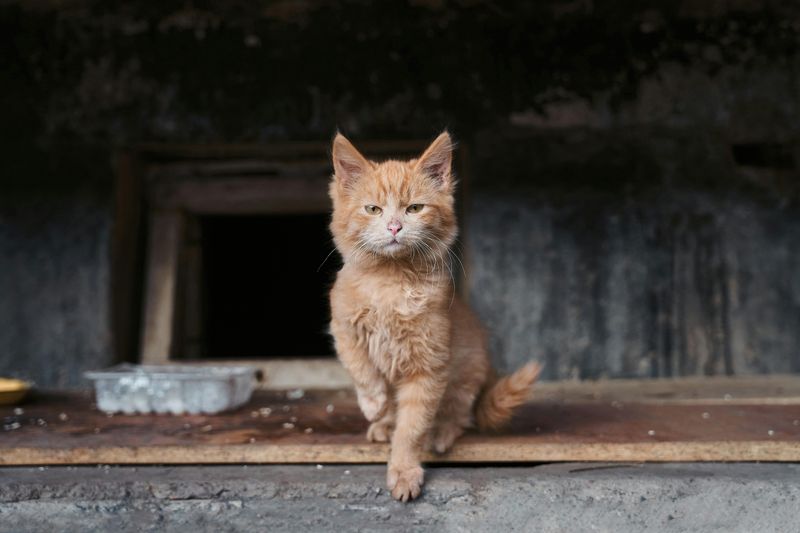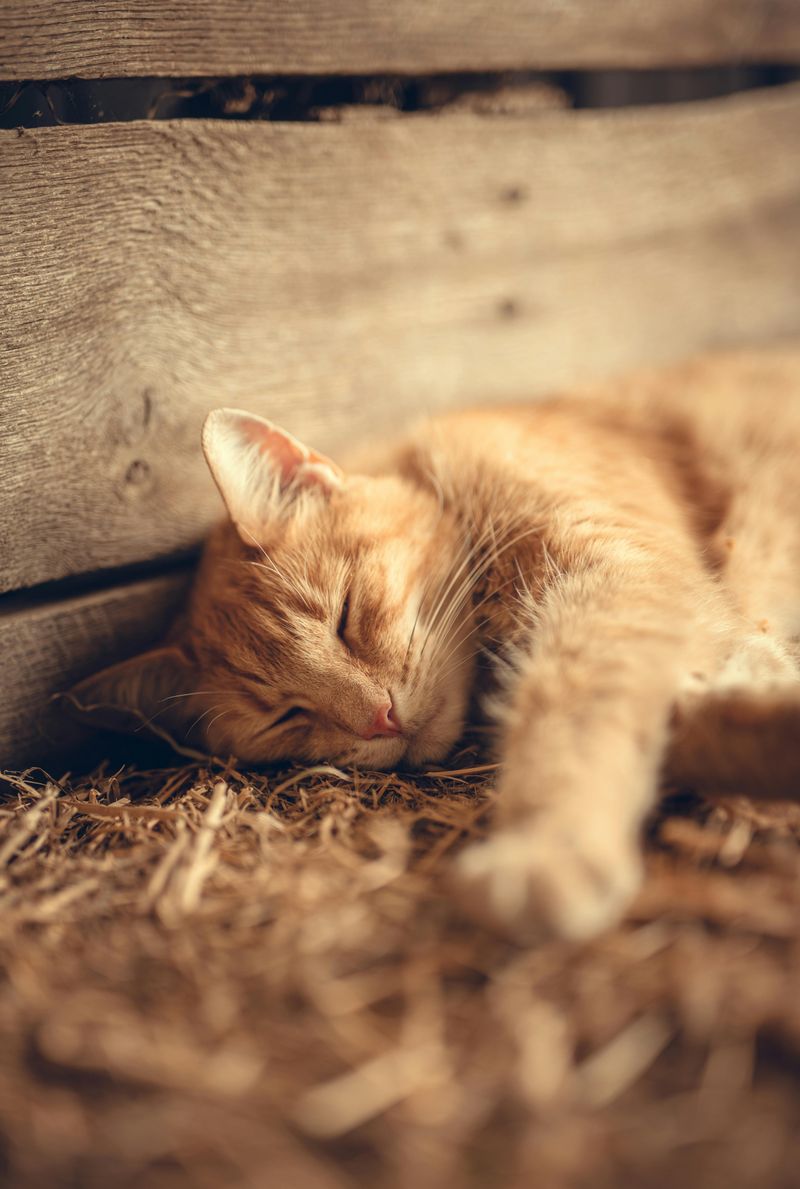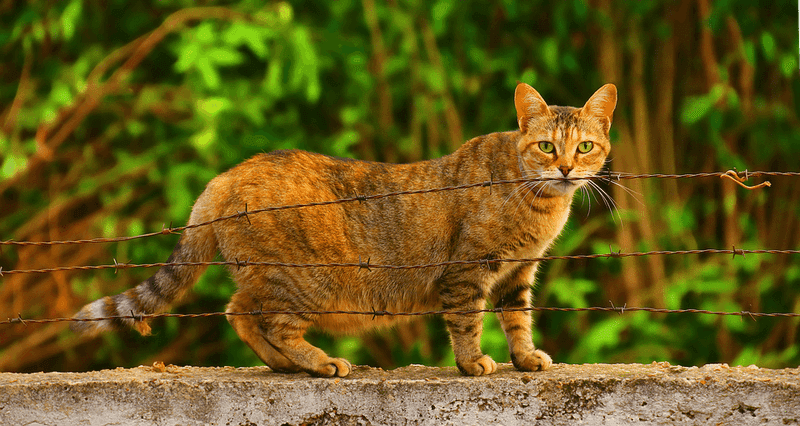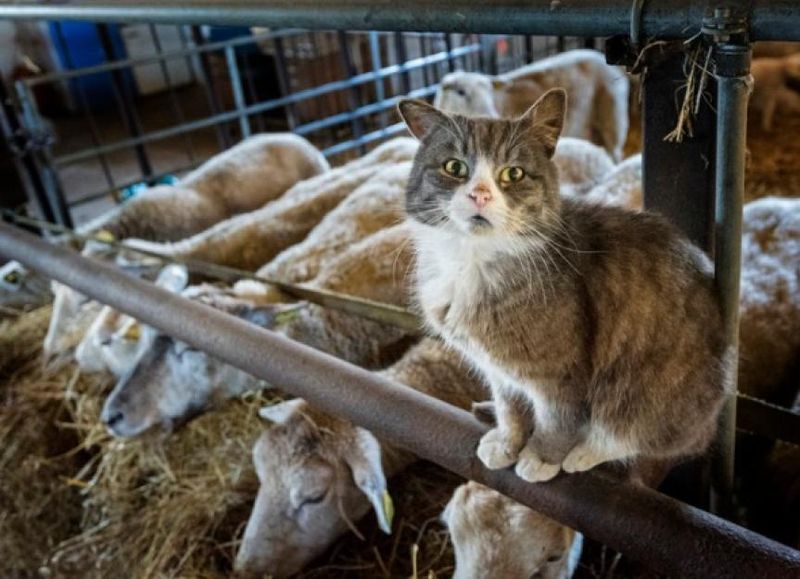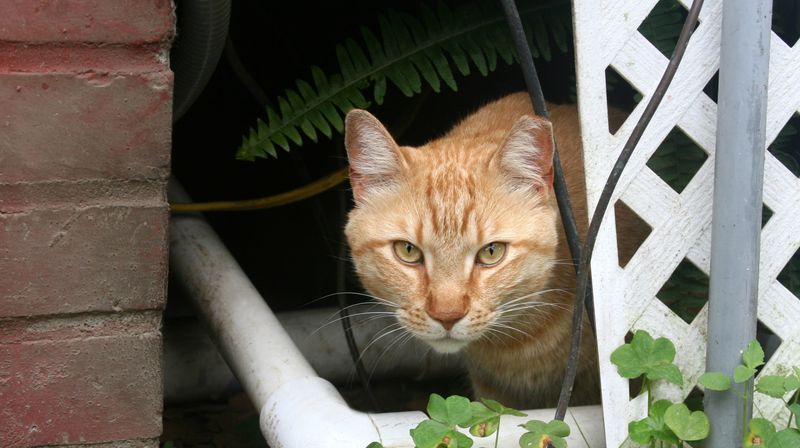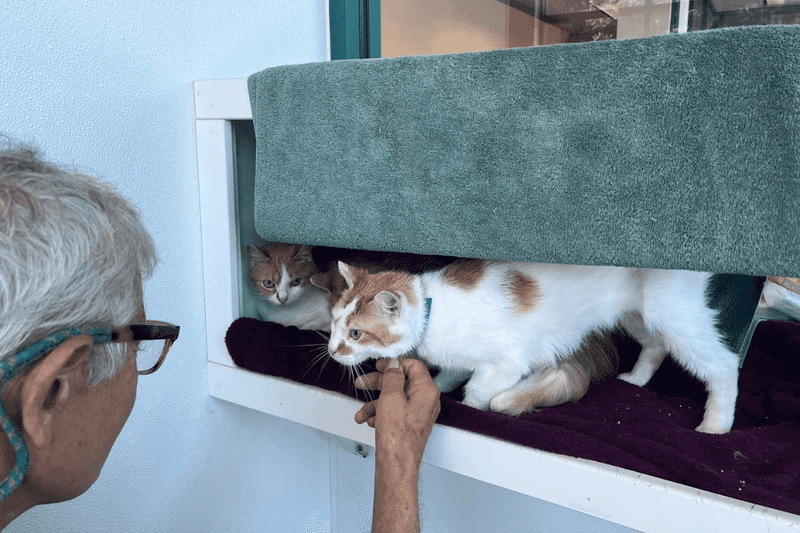📖 Table of Content:
- 1. Provide Nutritious Food Daily
- 2. Supply Clean, Fresh Water
- 3. Offer Safe, Warm Shelter
- 4. Spay and Neuter
- 5. Provide Regular Veterinary Care
- 6. Keep a Feeding Routine
- 7. Use Flea and Tick Prevention
- 8. Create Hiding Spots and Vertical Space
- 9. Socialize Gently, If Appropriate
- 10. Watch for Signs of Illness
- 11. Protect from Predators
- 12. Offer Enrichment and Play
Barn cats are often unsung heroes of the countryside, providing natural pest control and a quiet, watchful presence on farms and homesteads. While they may seem independent and low-maintenance, barn cats require more than just a place to roam in order to thrive. Ensuring their health and happiness isn’t just the right thing to do—it’s a smart investment in a balanced farm ecosystem.
When barn cats are well cared for, they live longer, suffer fewer illnesses, and perform their natural rodent-control duties more efficiently. Healthy cats are also safer around livestock and equipment, less likely to spread disease, and generally easier to manage. Many people assume that outdoor cats can fend entirely for themselves, but in truth, a bit of regular care goes a long way in helping them flourish.
Whether you’re managing a colony of feral barn cats or have a few semi-social feline friends hanging around the stables, there are practical, humane steps you can take to improve their quality of life. This guide outlines 12 key ways to ensure your barn cats are both healthy and happy. From food and shelter to medical care and safety tips, you’ll find everything you need to support your barn companions through all seasons.
1. Provide Nutritious Food Daily
Feeding barn cats regularly is essential, even if they’re known for hunting. Hunting alone rarely provides enough nutrition, especially during colder months or when prey is scarce. Cats need a consistent supply of high-protein food to maintain strength and immune function. Dry kibble is convenient, but supplementing with wet food can boost hydration and variety. Establishing a feeding station also helps monitor who’s around and how they’re doing. By feeding your cats at the same time and place, you create a routine that fosters trust and makes health checks easier. It’s a simple act that pays off in healthier, more reliable feline helpers.
2. Supply Clean, Fresh Water
Ensuring constant access to clean water is just as important as feeding. Cats can easily suffer from dehydration, especially in summer heat or winter when water may freeze. Consider using heated bowls during colder months to prevent freezing and encourage consistent drinking. Outdoor environments often expose water dishes to dirt and debris, so clean and refill daily. Dehydrated cats can develop urinary or kidney issues, which are preventable with proper hydration. Placing multiple water sources around the property makes it easier for all cats to drink without conflict. Hydrated cats are healthier, more active, and more capable of handling the outdoor elements.
3. Offer Safe, Warm Shelter
Barn cats need shelter not only for sleeping but also for protection from harsh weather and predators. A well-insulated space, such as a modified barn corner, a straw-filled crate, or a weatherproof cat house, can make all the difference. Shelters should be dry, elevated off the ground, and free from drafts. Straw (not hay) is an excellent bedding material because it resists moisture and retains heat. Multiple shelters spaced out across your property can help prevent territorial disputes. In winter, a warm shelter could be the difference between survival and suffering. A secure, cozy retreat helps cats feel safe and encourages them to stay near their food and water sources.
4. Spay and Neuter
Uncontrolled reproduction can turn a small colony into an overwhelming problem. Spaying and neutering reduces fighting, roaming, spraying, and population explosions. It also lowers the risk of disease transmission through mating behaviors. Most humane societies or local animal rescue groups offer trap-neuter-return (TNR) programs specifically for barn cat colonies. After surgery, cats can typically return to their environment within a few days. Marking neutered cats (often with an ear tip) helps keep track of who has been treated. Keeping your barn cat population fixed is vital for health, harmony, and long-term care sustainability.
5. Provide Regular Veterinary Care
Many people assume barn cats don’t need a vet, but periodic care is crucial. Rabies vaccinations are especially important for cats exposed to wildlife and livestock. Even if they aren’t lap cats, you can often trap or humanely handle them for annual checkups. Deworming and flea treatments also fall under necessary preventative care. Injuries from fights, infections, or encounters with farm machinery can quickly worsen without attention. By establishing a relationship with a vet experienced in handling outdoor or feral cats, you’ll be prepared for both routine and emergency care. Healthy cats are better workers—and better neighbors in your barnyard.
6. Keep a Feeding Routine
Establishing a consistent feeding time trains barn cats to return and stay nearby. Predictability builds trust, especially with cats that are shy or semi-feral. Feeding routines also give you daily visibility into the colony’s health and headcount. You’ll notice quickly if someone is missing, injured, or behaving oddly. Mealtime creates a brief but valuable point of connection between human and animal. It also minimizes food waste and deters wildlife like raccoons or opossums from intruding. A dependable feeding habit keeps cats anchored to your property, which improves their safety and utility.
7. Use Flea and Tick Prevention
Parasites are a real threat to outdoor cats, and prevention is your best defense. Fleas can cause itching, anemia, and disease transmission, while ticks spread serious illnesses like Lyme disease. Monthly or quarterly topical treatments can be administered with food-based tricks or while cats are distracted. There are also long-lasting flea collars that can work well for more social or handleable cats. Monitoring scratching, coat condition, and weight can help detect early signs of parasite problems. Even semi-feral cats can be treated successfully with patience and planning. Healthy, parasite-free cats are happier, more energetic, and less likely to spread illness among the group.
8. Create Hiding Spots and Vertical Space
Cats are naturally drawn to high places and quiet corners where they can observe without being seen. Barns full of open space may still lack the nooks that make cats feel secure. Wooden pallets, hay bales, shelves, or even repurposed furniture can give cats the vertical and private spaces they crave. These features reduce stress, especially in multi-cat environments. Conflict decreases when cats have options to escape or perch above potential threats. Adding such enrichment also helps manage the barn’s layout, keeping cats out of sensitive equipment zones. Empowering your cats to engage with their surroundings makes for a more balanced environment.
9. Socialize Gently, If Appropriate
While some barn cats are truly feral and prefer no human contact, others may grow to enjoy interaction. Approaching cats slowly, sitting near them during feeding, and speaking softly can help build trust. Never force touch, but let friendly cats come to you over time. Once a bond forms, these cats may even enjoy brief petting or grooming, especially if rewarded with treats. Socialized cats are easier to treat medically and are more likely to stick around long term. Their trust can lead to better health monitoring and a more enjoyable relationship. Every cat is different, so tailor your approach accordingly.
10. Watch for Signs of Illness
Keeping a close eye on behavior and physical signs can help you catch illness early. A cat that skips meals, hides more than usual, or acts lethargic may need attention. Runny eyes or nose, limping, labored breathing, or sudden weight loss are all red flags. Catching issues early improves the chance of recovery and reduces suffering. Observational care is especially important in barn cat colonies where contact may be limited. If something seems off, consider trapping or isolating the cat for a vet visit. Proactive care leads to a stronger, more resilient cat population.
11. Protect from Predators
Outdoor cats are vulnerable to foxes, coyotes, large birds of prey, and even aggressive dogs. Situating shelters in enclosed or elevated areas helps reduce risk. Motion-activated lights or fencing around the barn can discourage nocturnal threats. Feeding during daylight hours also limits encounters with predators attracted by food. Ensuring hiding spots and quick escape routes can make a life-or-death difference. Cats should never be locked in without access to exits during emergencies. A safe setup ensures peace of mind and longevity for your barn cats.
12. Offer Enrichment and Play
Mental stimulation is important even for outdoor working cats. Toys, feathers, tunnels, or even old rags can provide interest and physical activity. While some barn cats won’t engage, others may enjoy brief play during feeding or observation time. For socialized cats, rotating toys every few days can keep them curious and content. Enrichment helps prevent boredom-related stress or aggression within colonies. Adding variety to their environment makes their outdoor lifestyle more fulfilling. Engaged cats are happier, healthier, and often more bonded to their caretakers.
